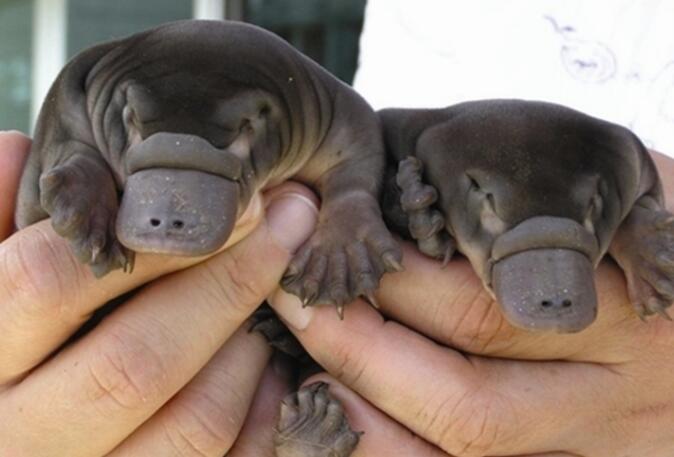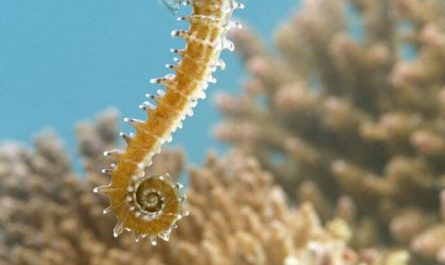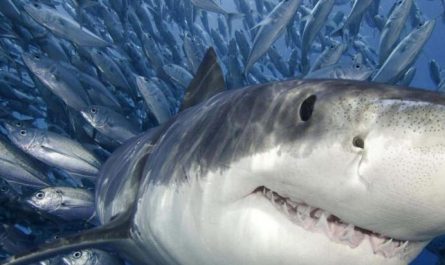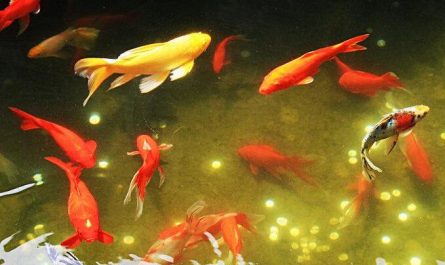The reason why the body temperature of the platypus is not constant
The platypus is a temperature-changing animal, and its body temperature is almost the same as that of the surrounding environment. The platypus lives in Australia and Tasmania, and the temperature is generally more than ten to twenty degrees Celsius.
The platypus is the most primitive and lowest mammal. It has not been able to completely get rid of the characteristics of temperature-changing animals.
All animals, except birds and mammals, are temperature-changing animals. Their body temperature changes with the environment. This is not to say that they can never control their body temperature. They can find a cool or warm environment. Change their body temperature, but cannot directly control their body temperature, that is, they lack the physiological function of maintaining a certain body temperature.
Physical characteristics of platypus
Adult platypus is 40-50 cm in length, and weighs between 700-1600 grams for females and 1000-2400 grams for males.
Anyone who has seen a platypus says it looks so weird. When British immigrants entered Australia and found a platypus, they exclaimed as an “incredible animal.” The platypus is about 40 cm long and is covered with soft brown thick short hair. Compared with the echidna, the brain is smaller, and the brain is hemispherical, smooth and without back.
The limbs are very short, the five toes have hooks, and there are thin webs between the toes, which look like duck feet. When walking or digging, the webs fold in the palms in the opposite direction. The body is hairy, the bill is flat, shaped like a duckbill, and there are wide horny gums in the mouth, but there are no teeth. The tail is large and flat, accounting for 1/4 of the body length. It can act as a rudder when swimming. .
And because its body temperature is very low, for a male platypus, its body may contain a lot of venom that can harm the human body. In this way, you must keep a certain distance from the platypus while watching the platypus! To prevent other accidents from happening. Its toxicity is comparable to that of snakes, and it can cause great damage to the blood circulation in the human body. And it can cause severe physical pain, but such venom is a means for the platypus to protect itself.
The habits of platypus
The platypus is an amphibious animal, it likes to live in places with water. And when swimming, his eyes, mouth, and nostrils can be closed freely and can swim in the sea. And when looking for food, you can let your mouth follow your feelings to search. They eat more food than other animals, and the food they eat every day is basically the same as their own weight.
It likes to catch some small fishes and shrimps in small rivers as its own food, such as some animal larvae, some small plankton and so on. Used to foraging at night and sleeping during the day. And it is good at snorkeling, where it lives is often in a swamp or a bank by a small river. It can be nested around the stream, it is not a hibernating animal in winter.
The growth and reproduction of platypus
The platypus is a mammal. Although the mother also produces milk to feed the young, it is not a viviparous but an oviparous. That is, the mother lays eggs and hatches by the mother’s temperature like a bird. The mother has no breasts and nipples, and secretes milk on both sides of the abdomen, and the cubs lie on the abdomen of the mother to lick.
The larvae have teeth, but the adult gums have no teeth, and are replaced by keratinous plates that can grow continuously. The front occlusal surfaces of the plates form many raised horizontal ridges, which are used to crush or chop the shells of molluscs such as shellfish and snails Crush other food, the rear horny plate is flat, and the flat uvula opposite to the plate has an auxiliary “chewing” effect. Poisonous egg-laying mammals.
Spring is the season for the platypus to have children. In the breeding season, the adult platypus will dig a special hole on the river bank with the wide fingernails on its front feet. The female animal digs a 16-meter-long stream, paved with wet grass, and contains one or more small nests. Platypus chased for mating in the water.
Platypus lays eggs in the nest, 2-3 eggs each time. The eggs are smaller than sparrow eggs and stick to each other. After two weeks of incubation, the baby platypus is born. The hatching hole is blocked during the incubation period, and the development of the hatched cubs is very incomplete. The platypus has neither a pouch nor nipples. Bundles of mammary glands open directly in the abdominal mammary area. The cubs use their retractable tongue to feed on the milk in the mammary area and breastfeed. The period is about five months. Relying on breastfeeding for 4 months before going out for food by themselves, more than 2 years old is considered an adult, and the life expectancy is generally 10-15 years.
Since the platypus can lay eggs like reptiles or birds; after the eggs are hatched, they can feed their cubs like mammals, which violates the existing division of mammals and non-mammals by scientists. After much controversy and research, scientists finally came to the conclusion: This strange creature belongs to the “monotremes” family, that is, “oviparous mammals.” This animal represents a link in the evolution from reptiles to mammals.






